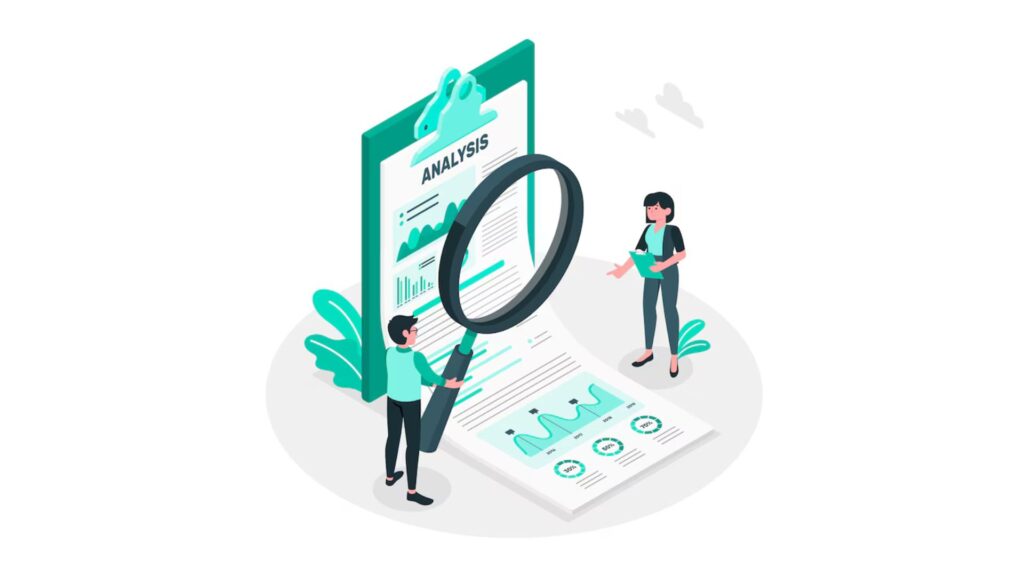
27 May Income tax return scrutiny: CBDT issues notification on selection of cases for tax scrutiny. Check details

The Central Board of Direct Taxes (CBDT), earlier this month, issued a notification on the process of scrutiny of income tax returns (ITR) of taxpayers. Under the new guidelines, taxpayers can know why their ITRs have been shortlisted for scrutiny or closer examination for FY 2024-25. The CBDT has also outlined a number of cases that would be taken up.
Experts highlight that CBDT’s focus is on potential tax evasion cases through information sharing from other agencies, aligning with past guidelines. This emphasizes the authority’s consistent approach to combat tax evasion, reflecting a proactive stance in enforcing tax compliance measures.
“The Central Board of Direct Taxes (CBDT) has maintained its annual tradition by issuing a circular on May 3, 2024, for the financial year 2024-25, which delineates the criteria for the selection of income tax returns for Complete Scrutiny. Selection criteria for tax return scrutiny includes evidence of tax evasion, cases where notice calling for returns have been issued & no returns have been furnished, and cases where income has escaped assessment, among others. The issuance of the circular serves as a reminder for taxpayers to evaluate and ensure adherence to tax laws, to avoid severe consequences of non-compliance,” an expert said.
Here are the guidelines:
> Cases pertaining to survey u/s 133A
Assessments resulting from survey under section 133A (other than survey under section 133 (2A) leading to detection of specific information/material pointing out tax evasion.
These cases shall be selected for compulsory scrutiny with prior administrative approval of the Principal Commissioner of Income tax/Principal Director of Income tax/ Commissioner of Income tax/ Director of Income tax concerned, who shall ensure that such cases are transferred to Central Charges under section 127 within 15 days of serving of notice under section 143 (2) by the jurisdictional assessing officer concerned.
> Search & seizure
Search and seizure/ requisition prior to April 1, 2021.
Parameters: The assessments in search and seizure cases are to be made under section 153C, read with section 143 (3), and also for ITRs filed for the assessment year relevant to the previous year in which the search was conducted under section 132 or requisition was made under section 132.
The cases shall be selected for scrutiny with prior administrative approval of the Principal Commissioner of Income tax/Principal Director of Income tax/ Commissioner of Income tax/ Director of Income tax concerned, who shall ensure that such cases are transferred to Central Charges under section 127 within 15 days of serving of notice under section 143(2)/142(1) by the jurisdictional assessing officer concerned.
“Notice under section 143(2) will be issued if these cases are not centralised and ITR is filed in response to a notice under section 153C. However, if these cases are not centralised and no ITR is also filed in response to a notice under section 153C, then a notice under section 142(1) will be issued,” said CBDT in the circular.
> Cases of no returns
Cases where no return has been furnished in response to a notice u/s 142(1) of the Act.
Parameters: Jurisdictional Assessing Officers (JAOs) shall upload the underlying documents on the basis of which notice uls 142(1) was issued on ITBA, for access by National Faceless Assessment Centre (NaF AC). The Directorate of Income-tax (Systems) shall forward these cases to NaP AC, which will take further necessary action. Further action as per the provisions of the Act shall be taken through NaPAC.
The new guidelines released by the Central Board of Direct Taxes (CBDT) vide Circular dated 3rd May 2024 provides for compulsory selection of Income Tax Returns (ITRs) for scrutiny alongwith the procedure for complete scrutiny for the financial year 2024-25. The new guidelines may have the following impact on the taxpayers:
> Cases related to specific information regarding tax evasion
Parameters: There are two parameters to select these cases for complete scrutiny. These are:
Specific information pointing out tax evasion for the relevant assessment year is provided by any law enforcement agency, and
The ITR for the relevant assessment year is furnished by the taxpayer.
Procedure: The jurisdictional AO shall prepare a list of cases under the above-mentioned parameters with prior approval of the Principal Commissioner of Income tax/Principal Director of Income tax/ Commissioner of Income tax/ Director of Income tax concerned. The consolidated list of such cases shall be submitted to the concerned Principal Commissioner of Income tax who in turn will submit the list to the Directorate of Income-tax (Systems).
Another tax expert explained how this will impact the taxpayers.
Increased Transparency: Taxpayers will now have clearer insights into why their ITRs have been selected for scrutiny. This transparency can help alleviate uncertainties and concerns regarding the scrutiny process.
Reduction in Arbitrary Scrutiny: With specific guidelines in place, there may be a reduction in arbitrary or random selection of ITRs for scrutiny. This could lead to a fairer and more consistent scrutiny process.
Preparation for Scrutiny: Taxpayers whose returns are selected for scrutiny will have the opportunity to understand the specific reasons for scrutiny, allowing them to prepare necessary documentation or explanations in advance.
Compliance: The guidelines may require the taxpayers to ensure strict compliance with tax regulations. Knowing that their returns could be subject to scrutiny based on specific criteria, taxpayers may be more cautious and diligent in filing their returns accurately.
Potential Reduction in Tax Evasion: Clearer scrutiny criteria could act as a deterrent to tax evasion. Taxpayers may be less inclined to engage in activities that could trigger scrutiny if they know that the process is based on well-defined guidelines.


No Comments